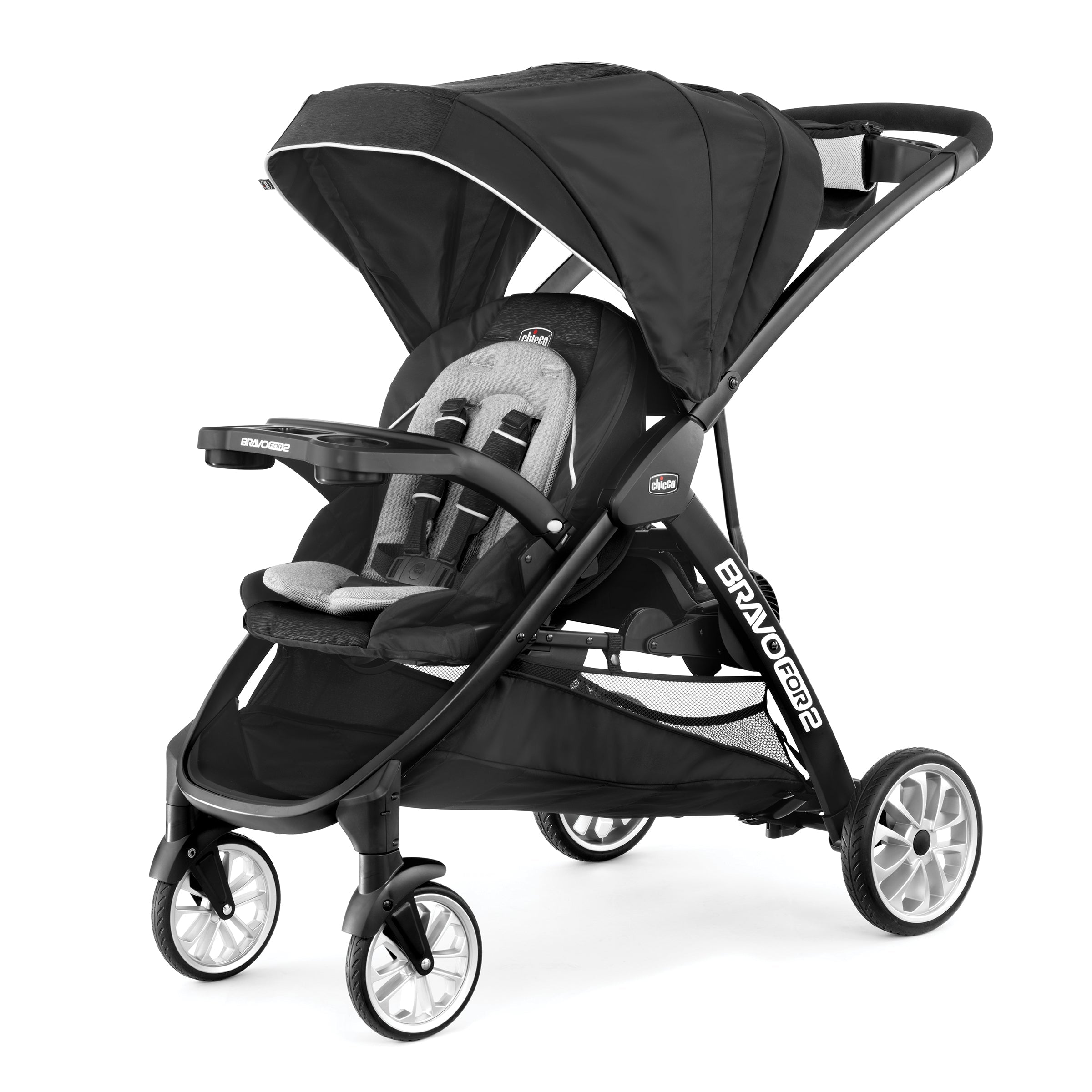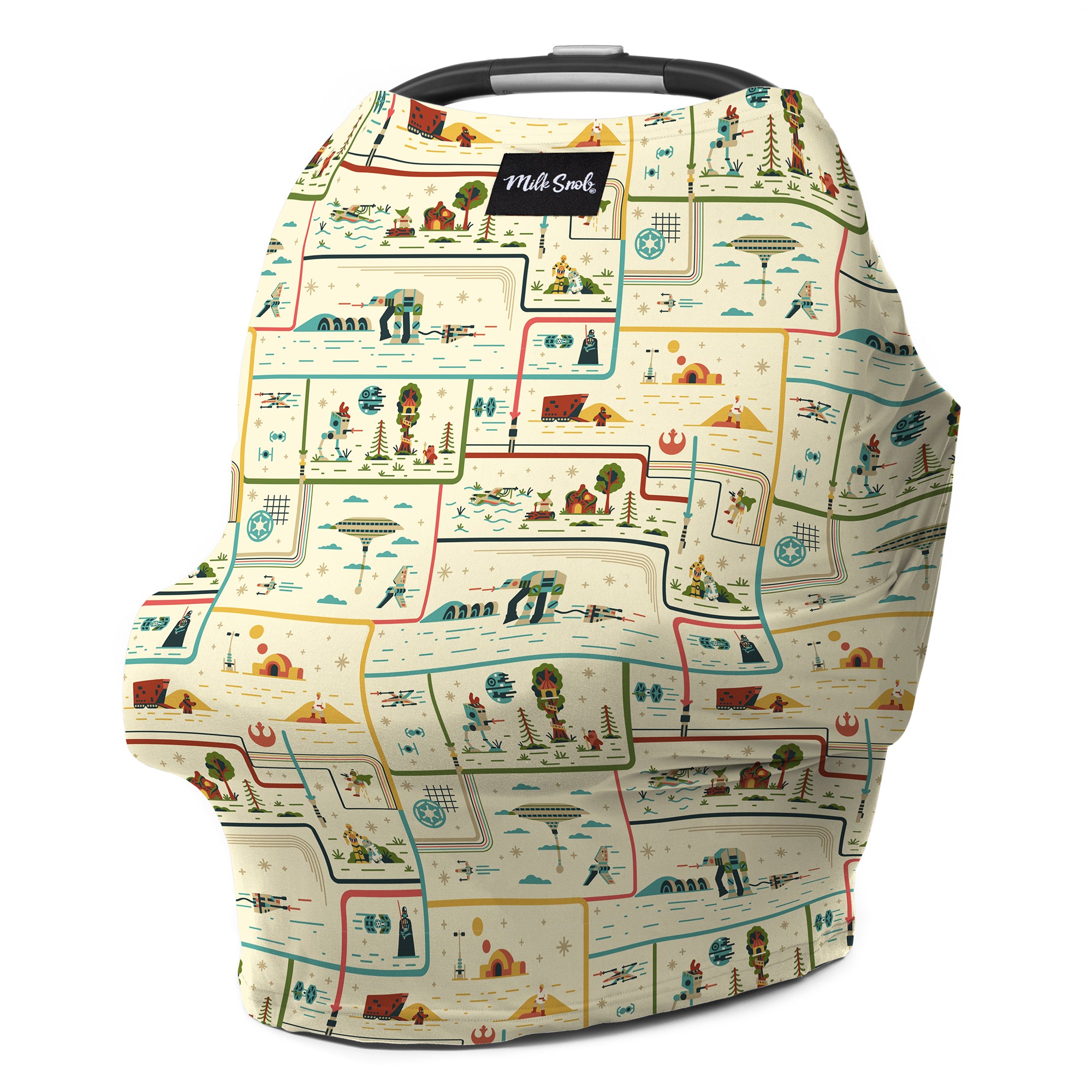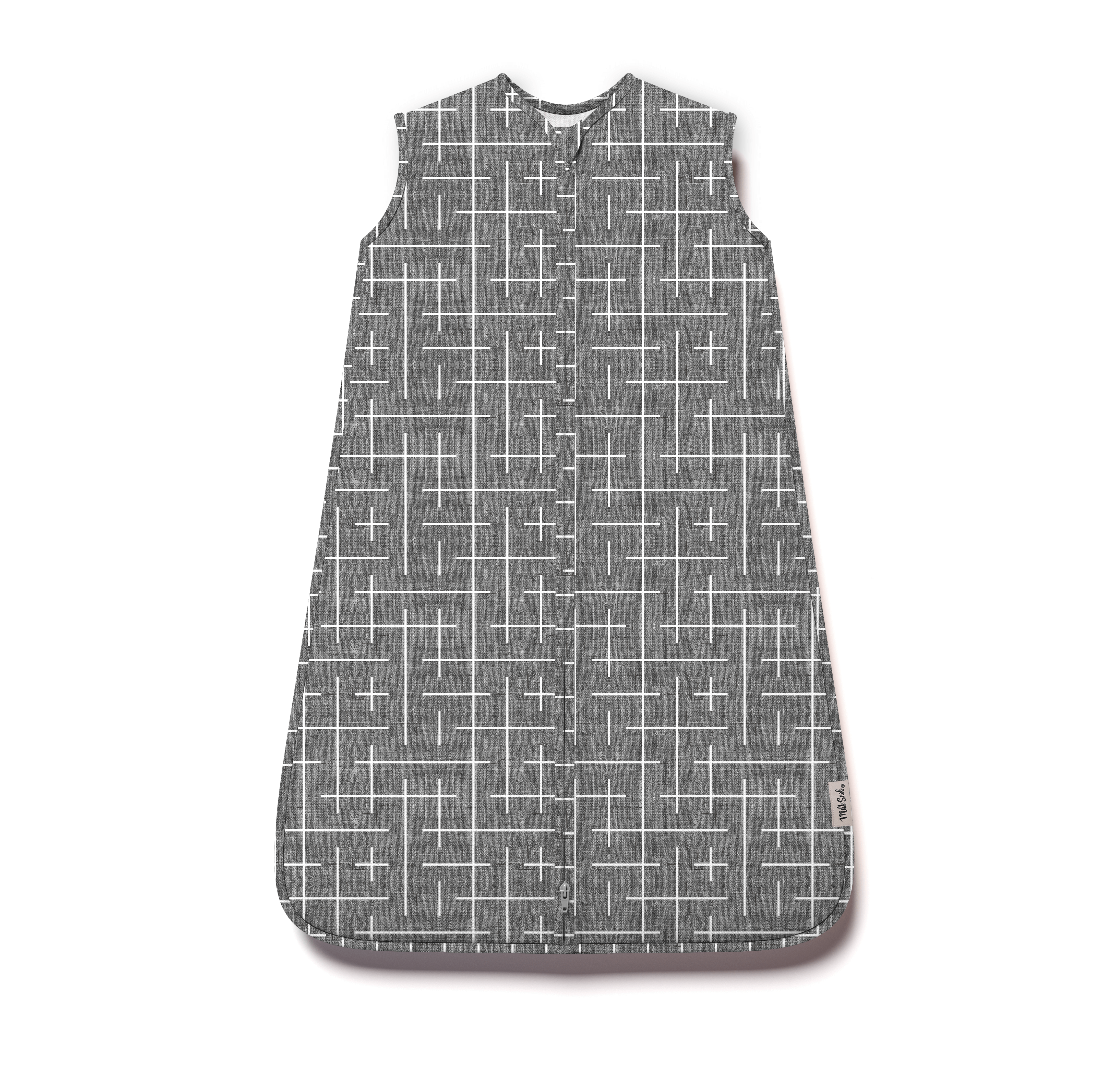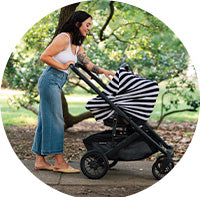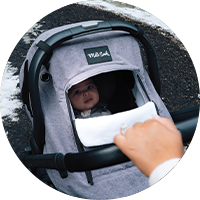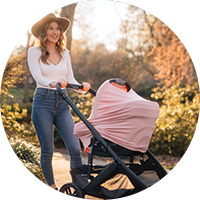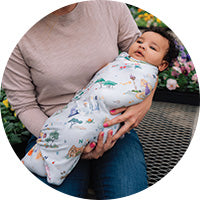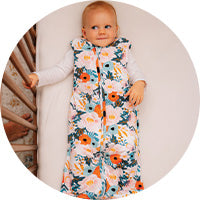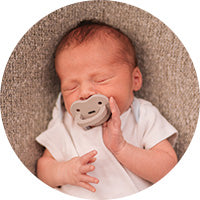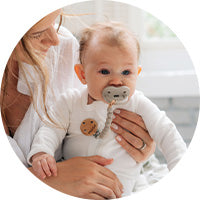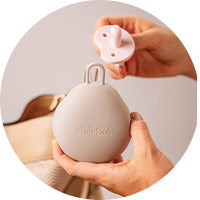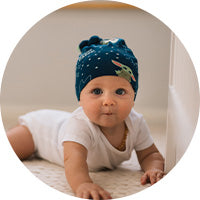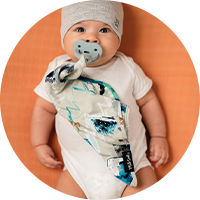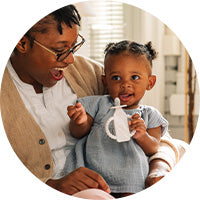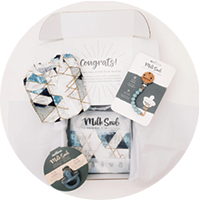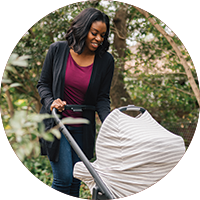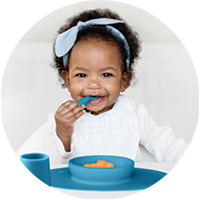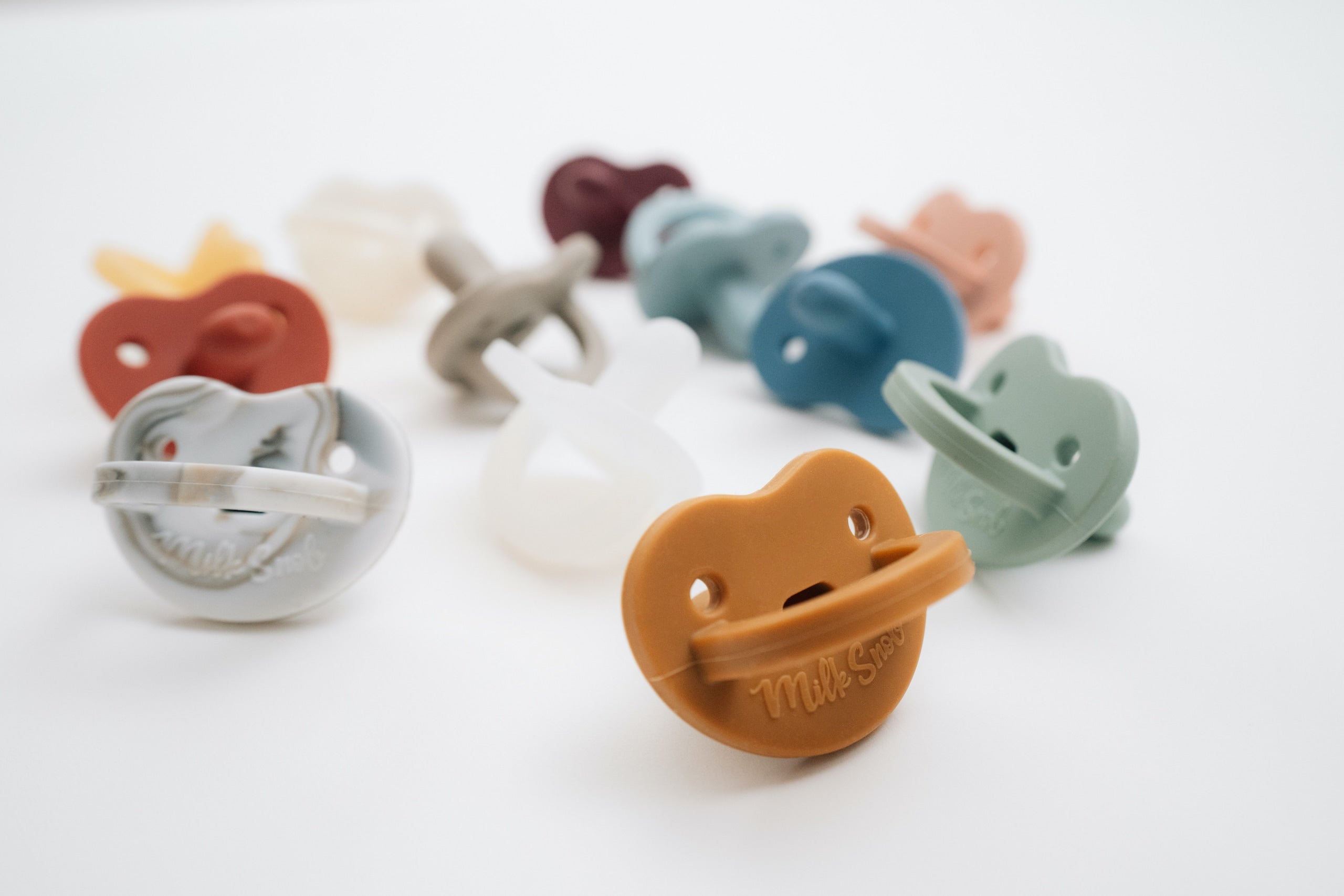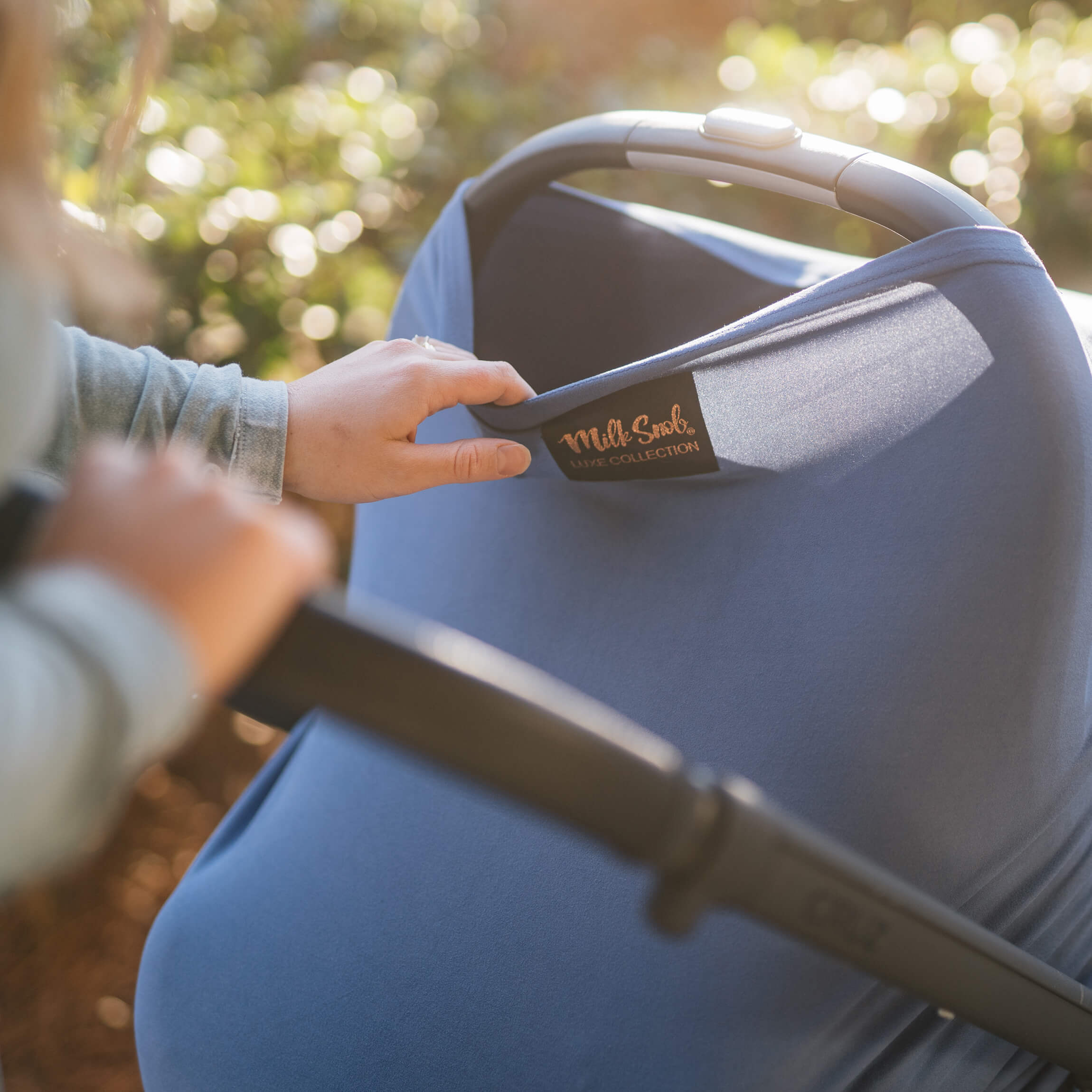Car Seat Safety: Tips for Using an Infant Car Seat
New moms absorb an amazing amount of information and advice. One of the first things professionals (and well-meaning friends and the occasional meddling relative) will talk to you about is car seat safety. To help you out, we’ve gathered this list of tips for using an infant car seat—you may have heard some of these before, but some may be new. Check with your baby’s pediatrician and carefully read your car seat’s instructions before your baby’s first road trip.
Use a Rear-Facing Seat for as Long as Possible
Rear-facing car seats protect infants better than forward-facing seats. The most common kind of car crash is a front-impact crash, and infants are at greater risk of injury in these crashes because of the disproportionate size of their heads. An infant’s neck isn’t strong enough to support their head in a crash; rear-facing car seats act as a cradle for the baby’s head, neck, and upper torso. Current recommendations are that children should ride in rear-facing seats until they’re two years old or until they reach the specified weight and height limits for the car seat.
Misconceptions About Rear-Facing Seats
Car seats don’t mark developmental milestones. Moving up to the next category of car seat isn’t the same thing as when your baby rolls over for the first time, pulls themselves up to a standing position, or takes their first steps. Car seats are made for children within a specified weight or height range. Every baby grows at their own rate, and some kids will stay rear-facing for longer than others. Of course, you want to be able to check your baby’s sweet face in the rearview mirror, but if you move to a forward-facing seat too soon, you could jeopardize your child’s safety. Make sure to review all warning labels and instructions from your car seat manufacturer.
Another common misconception is that if a child’s legs hang over the edge of the car seat, then the seat is too small. Parents think that if their child’s legs are touching the back seat, then the child must be uncomfortable. However, kids can tolerate this and be quite comfortable. Anther common concern is that a rear-facing seat for a larger child or a child with long legs increases the chance of leg injuries. In fact, broken legs are the second most common injury for kids in front-facing seats. Broken legs only happen to rear-facing children when the collision hits right where the child’s leg is in the back seat. Keep things in perspective, drive safely, and secure your child in the rear-facing seat until they hit the specified maximum in weight and height.
Put the Seat in the Right Place
Infant car seats go in the back seat. Air bags can cause fatal injuries to infants in car seats placed in the front seat of the car. The best position is the center rear seat.
Double-Check Installation
The car seat’s instructions and your car’s owner’s manual will have information on how to correctly install an infant car seat. The National Highway Traffic Safety Administration also maintains a list of car seat inspection locations where you can have a trained technician double-check whether you’ve installed your child’s car seat correctly.
Beware of Used Car Seats
It’s important to know the model number of a car seat and the date it was made. With this information, you should be able to check whether the manufacturer ever recalled that car seat or if the model has expired. The Mayo Clinic advises parents not to use car seats that are more than six years old. It’s also critical to know the car seat’s history; car seats that have been in crashes can be unsafe, even if there’s no visible damage. If a car seat is missing parts or you don’t have the correct manual and instructions, don’t use it.
Adjust Straps
The harness or straps should fit snugly, without slack. The chest clip goes at armpit level. Saggy or twisted straps are no-no’s—the straps should lie flat and straight.
Avoid Bulky Clothing and Blankets
Overdressing your baby affects how the car seat harness fits. It’s tempting to get your little one all decked out in their new puffy jacket or adorable cable-knit sweater, but these can prevent the harness from properly securing your child in the seat. For the same reason, don’t wrap your baby in a blanket under the harness or straps. Instead, buckle the harness and tuck a blanket or coat on top.
Take the Cover Off
Many infant car seats double as baby carriers. They have bases that install in the rear seat of your car, and the carrier-seat locks into the base. When you need to take your baby out of the car, a mechanism releases the seat from the base so that you can use it to carry your baby. We hope mothers use the Original Milk Snob car seat covers and nursing covers to shade their babies out of the car, to provide privacy when they’re nursing, and for the cover’s many other uses. However, do remember to remove the cover while you’re in the car—doing so is safest for you and baby on your drives.
Once the child is out of the car, your Milk Snob multifunctional cover can go back on the car seat to provide shelter from the weather and a feeling of snugness for your baby. You can also use the cover on a stroller, highchair, or shopping cart. The top of the cover will accommodate the handle of the carrier and allow fresh air in. These covers are stretchy, so you can tug down on the opening to check on your baby without taking the cover off or shifting it around too much.
Infant car seats are part of the standard gear of parenthood, and they’re undoubtedly one of the most important ways to keep your baby safe. As your baby grows, you’ll learn more about what kind of car restraint system is appropriate at what age. Once your child is big enough, you’ll switch to a forward-facing seat, and later to a booster seat. That precious time with your infant flies by, and the day your child is grown enough to use a regular seatbelt will come all too soon!




